Editing and revision service
Editing or revision
Revision or editing consists of identifying and correcting errors, typos and inaccuracies in a translation or a text written in a foreign language. Not only that: editing also has the purpose of checking the text syntax and grammar and that the terminology and style employed by the author or translator comply with the client’s standards.
All the translations we complete are subject to careful revision before delivery to the client. We also provide a more extensive editing service upon request, in addition to the translation service or as a separate service for texts already written in the foreign language.
The SMG UK editing service is provided by our specialised translators, revisers and reviewers in compliance with the standard UNI EN ISO 17.100.
Types of specialised editing
According to the provisions of UNI EN ISO 17100, clients can choose between three different review procedures depending on their needs:
- Revision: the translated target text is compared with the source text
- Review: the text produced or the target translation is re-read directly in the language chosen by the client
- Proofreading: this serves as a final check prior to publishing or printing the text.
Linguists specialised in editing
The SMG UK linguists specialised in editing consist of:
- Translators who produce the translation.
- Revisers who correct the translation by comparing it to the source text (bilingual editing).
- Reviewers, who are subject area experts who help the Translator and Reviser to understand the technical specificities of the text and correct any inaccuracies in concept, terminology or register.
Our linguists have the following qualities:
- Quality of language and service: SMG UK employs linguists who possess highly rated professional skills. This rating certifies strong language skills in terms of syntax, terminology, comprehension and formatting.
- Other aptitudes: our linguists possess a high degree of general and local culture, research skills, technological skills, capacity to follow indications, honesty, awareness and willingness to grow professionally.
- Qualifications: our staff possess the following academic qualifications:
- Translators: degree/diploma in Languages or Translation.
- Revisers: degree/diploma in Languages or Translation.
- Reviewers: subject area experts with specific training or career in these areas. For example, we employ lawyers, doctors, engineers, etc.
- Experience: our staff have the following experience:
- Translators: 3 years of translation experience
- Revisers: 3 years of revision experience in the subject area
- Reviewers: subject area experts with specific training or career in these areas. For example, we employ lawyers, doctors, engineers, etc.
Our editing process

Revision in tranches
When the translator finishes a tranche of translation, the reviser is notified that tranche is available for revision, so that that the reviser can make any corrections early and provide the translator with recommendations useful to the translation still in progress.

Correzione del reviser
A specialised linguist checks and corrects the translation according to the revision procedure indicated in the standard UNI EN 17100 and provides the translators with any recommendations useful for further work. Once the translation and the glossary have been revised, integrating any suggestions and indications, the reviser sends the final version to the translator.

Correction by the reviewer
Upon request by the client, the revised translation can also be sent for additional review by a subject area expert. The reviewer re-reads the translated text and the glossary to correct spelling and syntax, to verify the aspects already checked by the reviser using the CAT tool control functions and, above all, to correct the terminology and style of the translation so that it complies with the standards of the subject area in which the reviewer specialises. After completing these tasks, certified by the CAT tool control functions, the reviewer delivers the finished product to the translator.

Delivery to the Client
Having corrected the translation and the glossary, the translator also receives the corrections by the reviewer, which serve to improve proficiency in the specific area of the translation in question. Finally, the translator puts together all the final tranches and delivers the final version of the entire translation and glossary.

